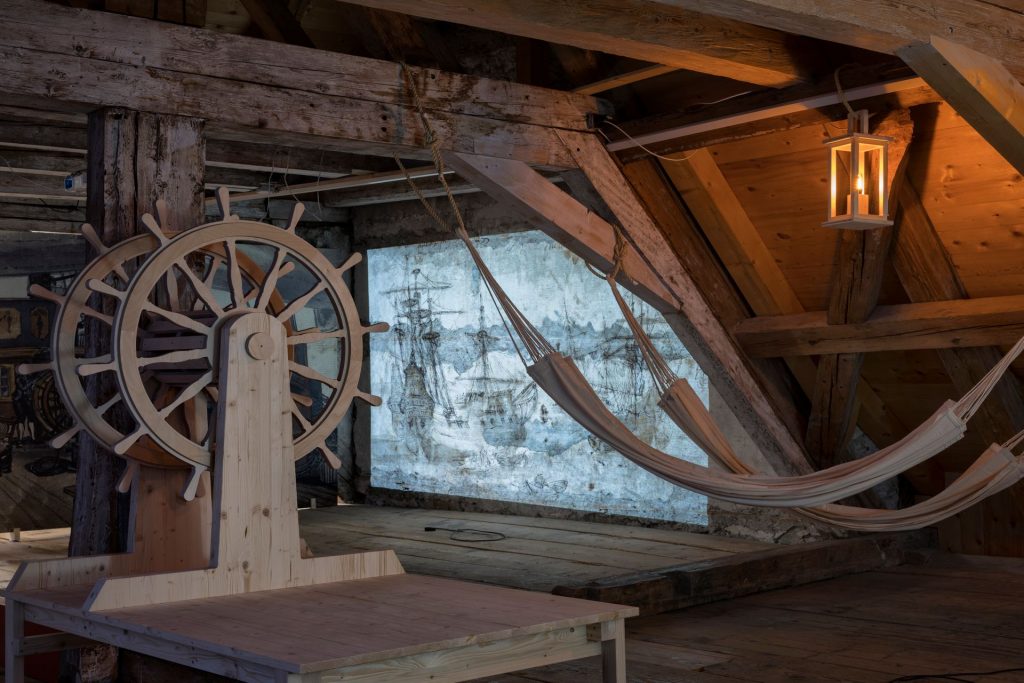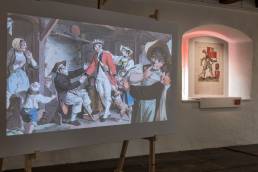At the Nidwalden Museum stories of mercenaries and military exploits
In the Salzmagazin in Stans, a comprehensive and lively exhibition on the profession of warfare practiced by one and a half million Swiss men between the 15th and 19th centuries
With a new exhibition in the Salzmagazin, the Nidwalden Museum has chosen to tell the story of the many individual and collective destinies of mercenaries and military entrepreneurs in central Switzerland over the course of time.
The focus of the exhibition, which opened on March 31 and will close on October 31, 2021, and is entitled “Söldner, Reissäckler, Pensionenherren – Ein Innerschweizer Besiehungsnetz,” is on the economic conditions that surrounded the work of the mercenary soldier, but also on the horror of war, farewells, nostalgia, and return.
From the fifteenth to the mid-nineteenth century, Swiss mercenaries were courted by all European powers for their war skills and absolute loyalty.
Foreign services were a central source of income during this period, especially for the inhabitants of mountainous and isolated areas often lacking regular sources of supply.
Nidwalden will be the world’s best “tax haven” in 2025
Three states divided in half, but with the same dignity as the others
Waldstätte and the “forest” cantons at the dawn of Switzerland…
“War services were necessary for many men of fighting age, but they always remained controversial until the national ban established in 1859. In Nidwalden, among other things, there were problems with the unequal distribution of pension payments. These were payments made by foreign powers to the canton and to politically influential circles in order to recruit mercenaries,” explains Stefan Zollinger, head of the small but efficient museum in the cantonal capital of Stans.
“The aim of the exhibition is to provide visitors with a comprehensive account of how mercenary work came about and how it shaped central Switzerland. The exhibition recounts the many individual and collective fates of soldiers of fortune and military entrepreneurs in the area. It deals with the horrors of war, nostalgia, farewell and return.”
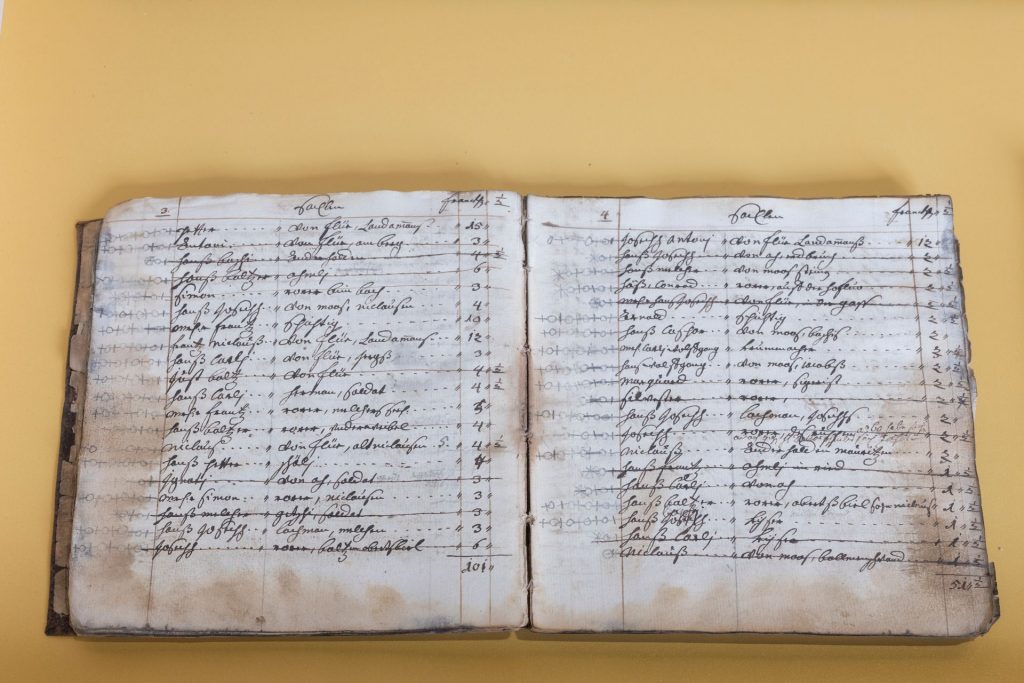
Military service due to economic necessity
Jürg Spichiger, curator of the exhibition, felt it was important to also draw the perspective of the common mercenaries in this time-travel into the past of central Switzerland. However, this operation of historical reconstruction proved difficult.
“Only a few curricula vitae of representatives of important families who dominated the wage business in the Old Confederacy are known. There are also large gaps in historical research on mercenary leaders. This applies, even more so, to the fate of simple men willing to fight abroad for wages. Thanks to records in parish death books and individual documents in state archives, it is possible to draw at least a rudimentary picture of them,” he continued.
For many, military service was the only way to emigrate for work. The farms in central Switzerland, the historical core of the country, were often unable to support all their daughters and sons. But being a soldier was also often an adventure at a time when leisure travel was almost unthinkable; mercenaries had to undertake walking marches that lasted weeks.
Switzerland and the “fantastic four” of direct democracy
The ethics of competitiveness and the spirit of federalism
Waldstätte and the “forest” cantons at the dawn of Switzerland…
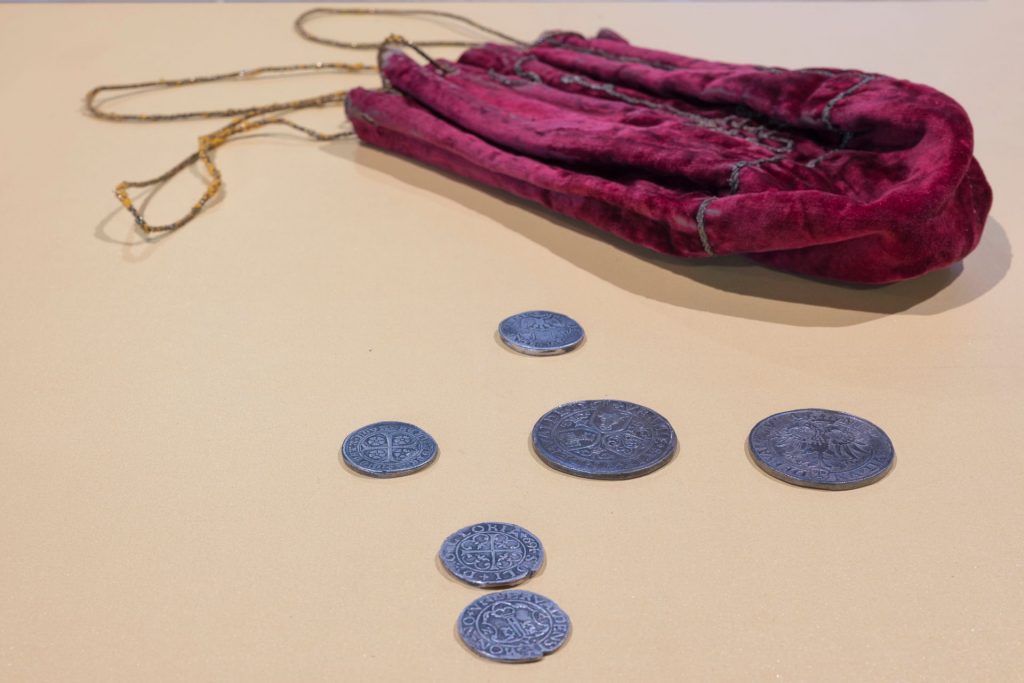
Four hundred years of battles and great personalities
Switzerland has never participated in a world war, yet for a full four hundred years the Alpine country was the world’s largest provider of “war services.”
Today, it is estimated that up to one and a half million Swiss soldiers have served under foreign flags over that time.
Numerous personalities from the canton of Nidwalden, originally gathered with Obwalden in the “primitive” territory of Unterwalden, have served abroad in the military.
Among them are figures such as the hermit Konrad Scheuber, grandson of Nicholas of Flüe. Melchior Lussy also acquired his wealth in this way: today he is considered an important representative of the Catholic Reformation of the 16th century.
In the 19th century, “Borneo Louis”, i.e. Louis Wyrsch of Nidwalden, became famous as an officer in the Spice Islands (present-day Indonesia) in the service of the Dutch colonial occupation. He was the first black member of the Swiss Parliament in history.
However, there were not only respected gentlemen like the aforementioned Lussy, Scheuber and Wyrsch to serve.
On the contrary, in structurally weak mountain regions like Nidwalden, war often offered many young men from poor backgrounds the only way out of the hardships of life over the centuries.
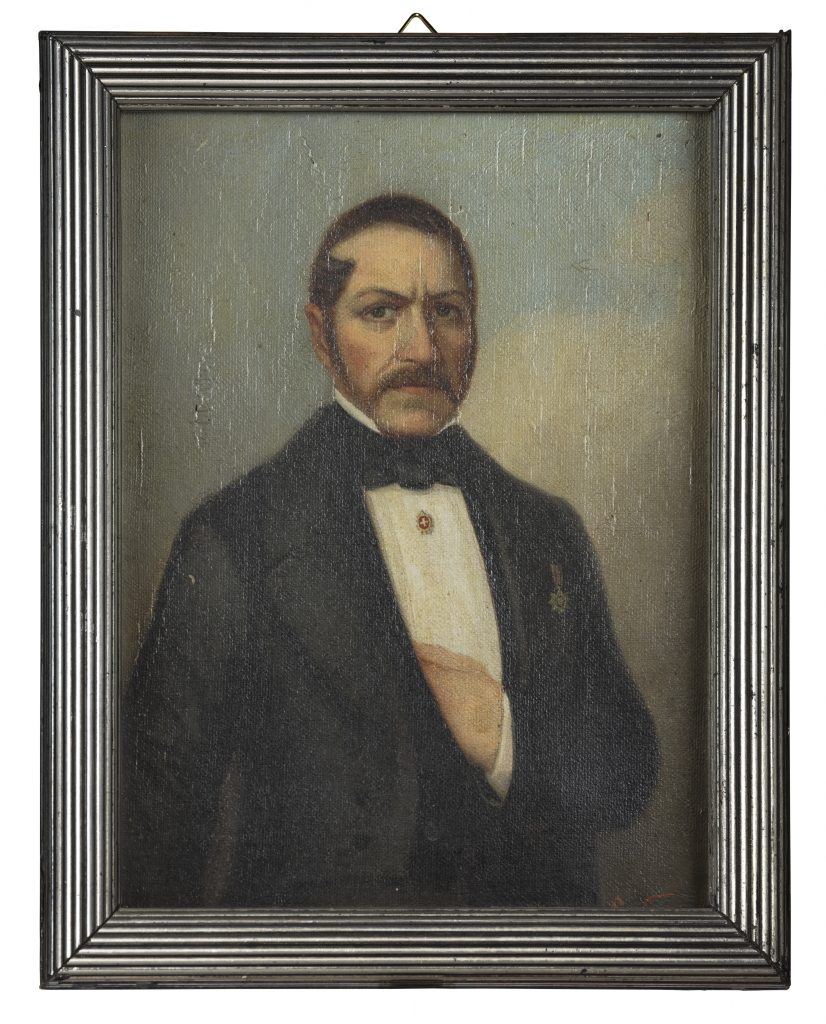
“Borneo Louis,” by Jost Vital Troxler,
(Photo: Nidwalden Museum)
Several “clue” games for young and old alike
Included in your admission ticket are two guessing tours for children ages six and up and for youth and adults. You will learn about the lives of the mercenaries on an exciting puzzle tour.
In a journey through the 400-year history of soldiering of all kinds, kids even virtually end up aboard a ship bound for Southeast Asia.
With the right number code, they can crack a lock that gives access to the soldier’s chest. Teens and adults will also follow the trail of a family of mercenaries from Nidwalden, equipped with a “rice bag” full of puzzle tools.
Thanks to their powers of deduction and the luck needed for puzzles, they will find the family treasure that has been lost for a long time and on whose tracks they had long since set out.
Accompanying activities thanks to historical societies
The Historical Societies of Central Switzerland, i.e. Nidwalden, Obwalden, Uri, Lucerne, Schwyz and Zug, complement the exhibition with various contributions and accompanying events.
The program of these events and further information on the mercenary exhibition can be found on the website of the museum in Stans: www.nidwaldner-museum.ch.
Swiss monuments? A “hidden” treasure to be exploited…
Athenian democracy? Revive between Glarus and Appenzell…
The Europe of the small States and a barely sketched federalism…
